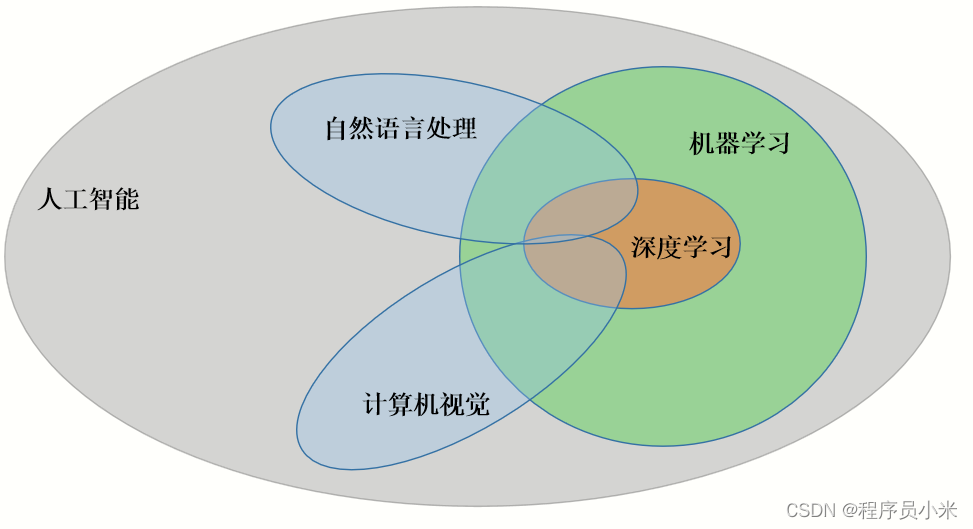Deep learning has made major breakthroughs in the field of image processing and can be used for various tasks such as image classification, object detection, and image generation. The key to processing image data is converting the image into a form suitable for processing by deep learning models. The following are the general steps for processing image data:



1. Data preparation:
- Collect and organize a dataset of images for training. A dataset should contain image files and corresponding label or annotation information. Divide the dataset into training, validation, and test sets, and perform tokenization and preprocessing.
2. Data preprocessing:
- Perform preprocessing operations on images, such as resizing, cropping, rotating, flipping, etc. Image enhancement operations, such as translation, scaling, brightness adjustment, etc., can also be performed to expand the training data set. Normalize the image, mapping pixel values to a specific range, such as [0, 1] or [-1, 1].
3. Data augmentation:
- During training, data augmentation techniques are used to increase the diversity of data samples. Commonly used data augmentation methods include random cropping, rotation, scaling, translation, adding noise, etc., to improve the robustness and generalization ability of the model.
4. Feature extraction:
- Feature extraction using a convolutional neural network (CNN). By stacking convolutional and pooling layers, gradually reducing the size of the feature map and increasing the number of channels, the local and global features of the image are extracted. Commonly used CNN models include LeNet, AlexNet, VGG, ResNet, etc.
5. Model training:
- Define a loss function, such as the cross-entropy loss function, to measure the difference between the model's prediction and the true label. Select an appropriate optimizer, such as Adam, SGD, etc., and update the model parameters through the backpropagation algorithm. Optimize the model by iterating the training process to reduce the value of the loss function.
6. Model evaluation:
- Evaluate model performance using validation and test sets. Commonly used evaluation indicators include accuracy, precision, recall, F1 score, etc. Adjust model structure, parameter settings, or training strategies based on evaluation results to improve model accuracy and generalization.
-
Thank you for liking the article, welcome to pay attention to Wei
❤Public account [AI Technology Planet] Reply (123)
White whoring in-depth learning supporting materials + 60G entry-advanced AI resource package + technical questions and answers + full version video
Contains: deep learning neural network + CV computer vision learning (two major frameworks pytorch/tensorflow + source code courseware notes) + NLP, etc.
Through the above steps, you can efficiently process image data and apply deep learning models for various image processing tasks. These techniques are widely used in the field of computer vision, such as image classification, object detection, image generation, etc. Different tasks may require different network structures and training strategies, so it is recommended to select appropriate models and methods according to specific tasks and data characteristics.
